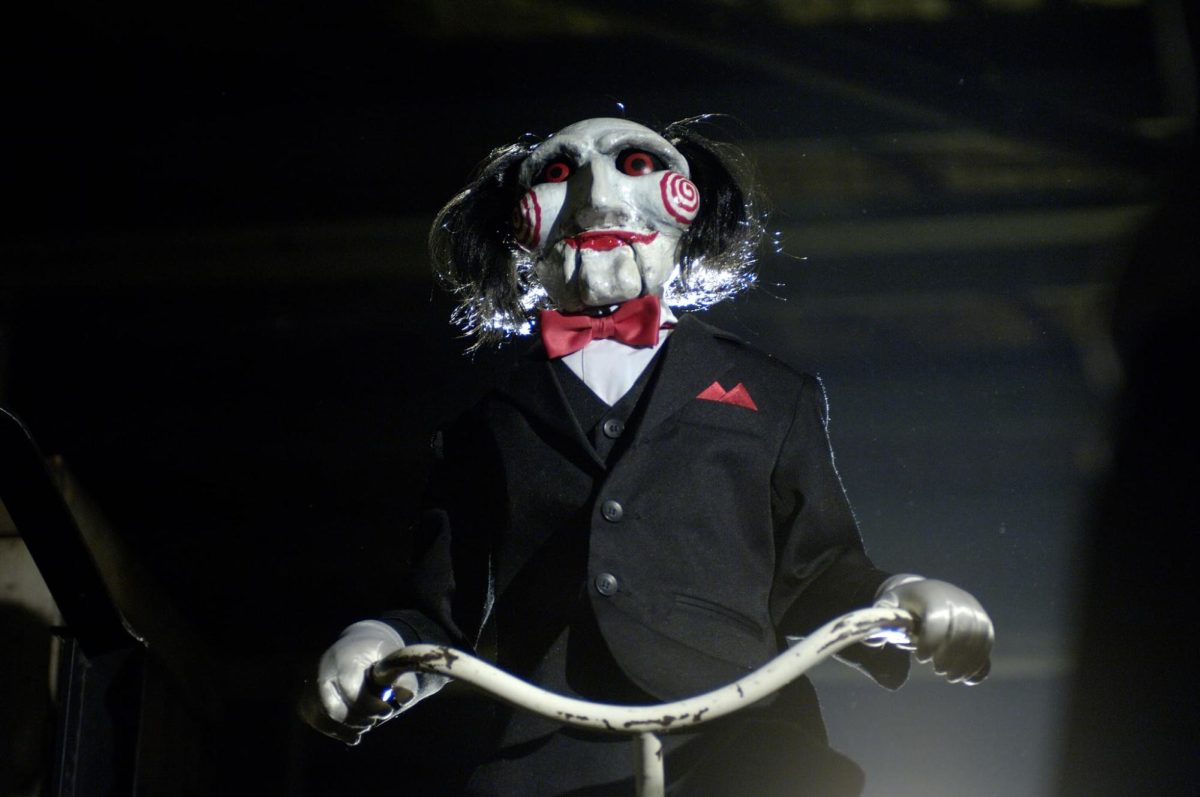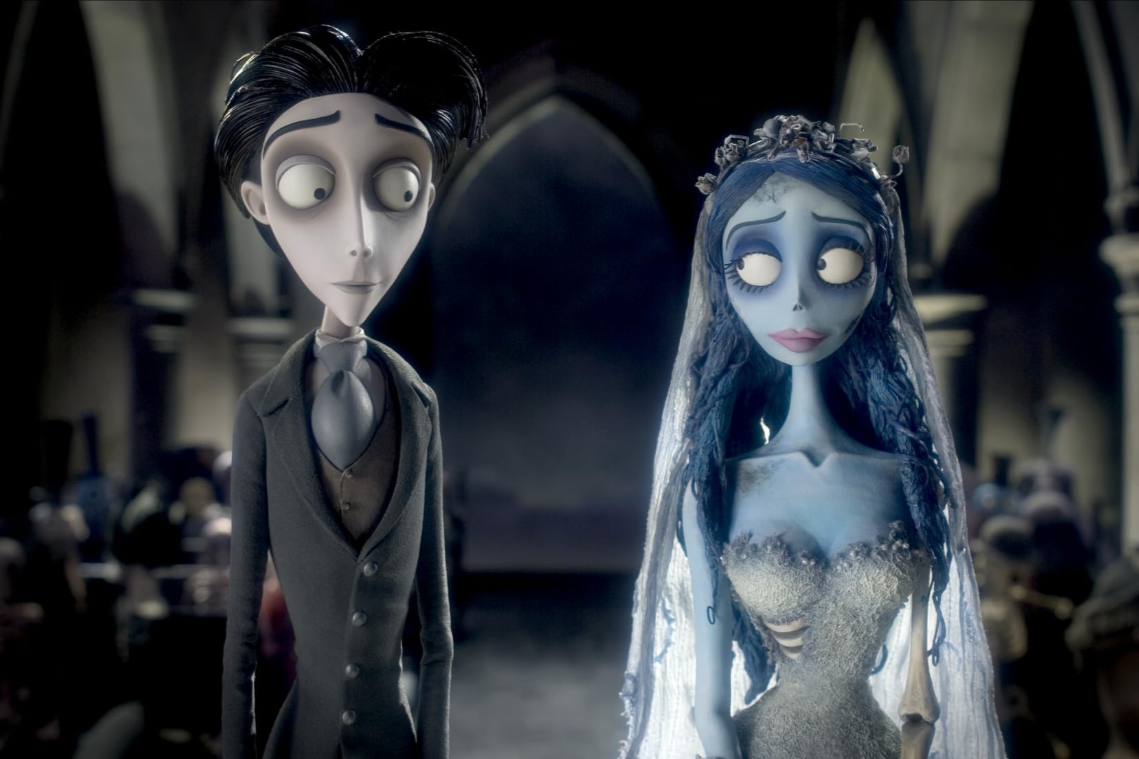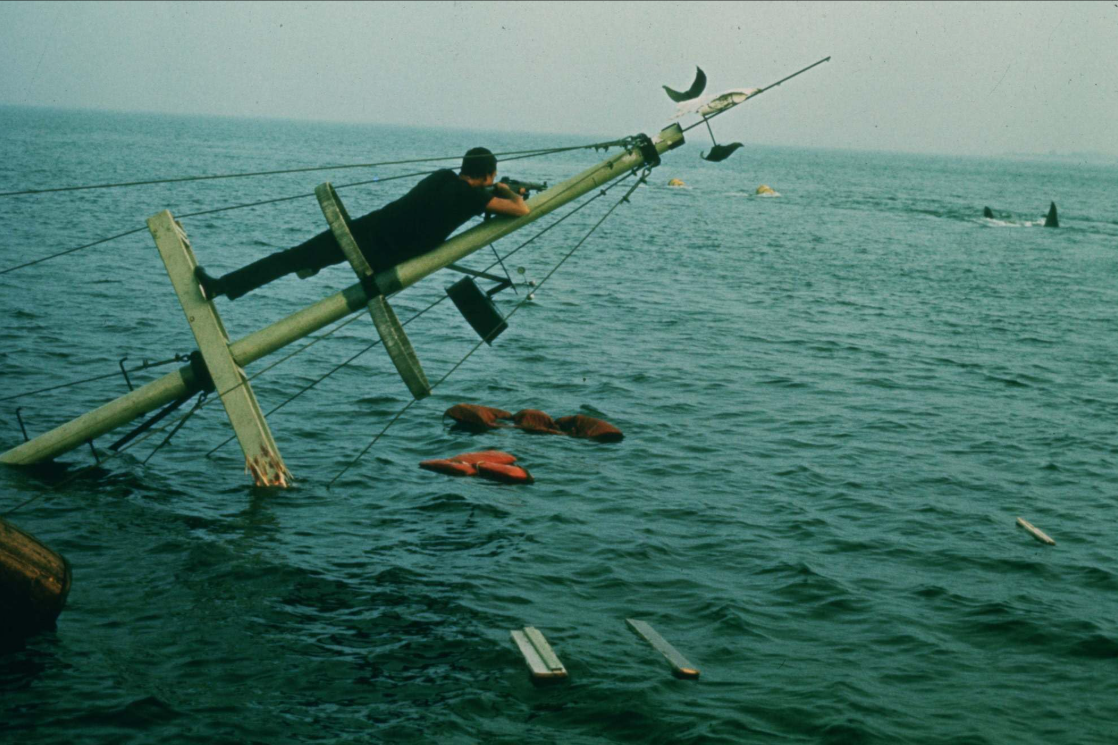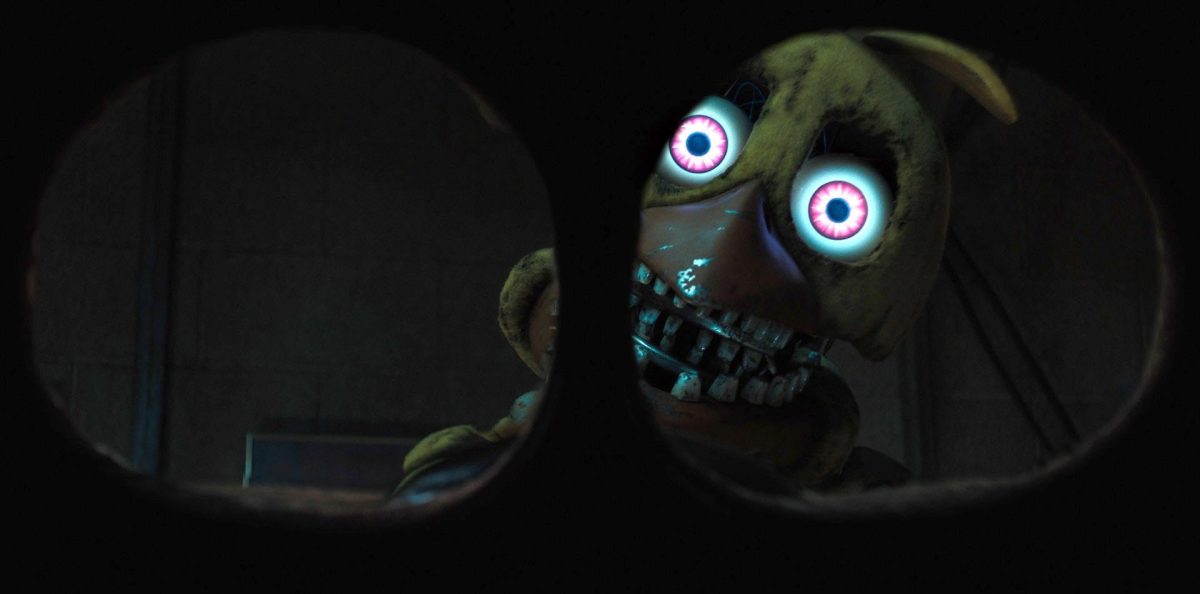Alright, let’s play a game. Let’s turn back the clock to 2004 when horror movies mainly consisted of campy, self-referential moments highlighting the films that came before that era.
All of this changed when James Wan’s “Saw” was released, leading the path for horror movies that became classified as “splatter films” or, as several media outlets called it, torture porn.
“Saw” seemingly came out of left field, bringing forth a new level of horror that came less from the individuals behind the violence and more from the tools used to harm people.
Compared to the rest of the franchise, the first “Saw” film is surprisingly tame with its violence, instead focusing on the mystery that both the trap’s victims and police officers attempt to uncover. The film’s premise is fairly simple — two men wake up chained in a bathroom and are forced to play a game and solve a sadistic challenge set up by a serial killer.
What sets “Saw” apart from other movies of its time are the traps the characters encounter, which often involve them having to harm themselves in some fashion to escape.
Get The Daily Illini in your inbox!
These traps are a creation of the series’ titular killer, John Kramer, also known as Jigsaw. What makes Jigsaw such a compelling character is his motivation, which is less focused on harming people and more on encouraging his victims to find “a new lease in life” by doing what’s necessary to escape the trap.
All of the “Saw” films explore Jigsaw’s ideology in some way. One of the major conflicts several characters bring up is whether or not Jigsaw is a serial killer.
This is because Jigsaw doesn’t directly kill his victims but allows them to escape, even if it comes with a great cost. The cost is often in the form of some body part, bodily fluid or some sadistic choice to survive the trap characters are stuck in.
“Saw II” is far more graphic with its violence as it displays most of its deaths on-screen; “Saw III” is no different, with more traps, gore and scares.
“Saw” paved the way for a new era of horror movies, all of which wanted to push the limits of how much gore filmmakers can get away with and what audiences can handle.
These movies didn’t need to try to tell a well-written story with a set protagonist, as what brought many moviegoers back for more was the violence factor that came with these horror movies.
Pop culture also changed with the release of “Saw,” visible through the several pieces of media that have referenced the series, from the simplest appearance of the film’s mascot, Billy the Puppet, to TV episodes recreating the movie with similar premises.
For example, Season 6, Episode 8 of “The Office” saw a character wearing a Billy the Puppet costume. Season 3, Episode 4 of “Rick and Morty” followed a drunken Rick placing Morty and an Avengers-like superhero team in a similar situation to the movies. Every character went through a trap set based on their problems.
While “Saw” was only the start of one of the most entertaining horror franchises, it also set off a slew of gruesome horror movies that focused more on the shock factor than anything else, such as 2005’s “Hostel” and 2008’s “Martyrs.”
“Saw” took a seven-year hiatus after the seventh film “Saw 3D: The Final Chapter,” came out and since then, three more films have been released since 2017. The next film in the series, “Saw XI” is scheduled to release on Sept. 26, 2025.
Until then, it’s “game over” for the time being.









